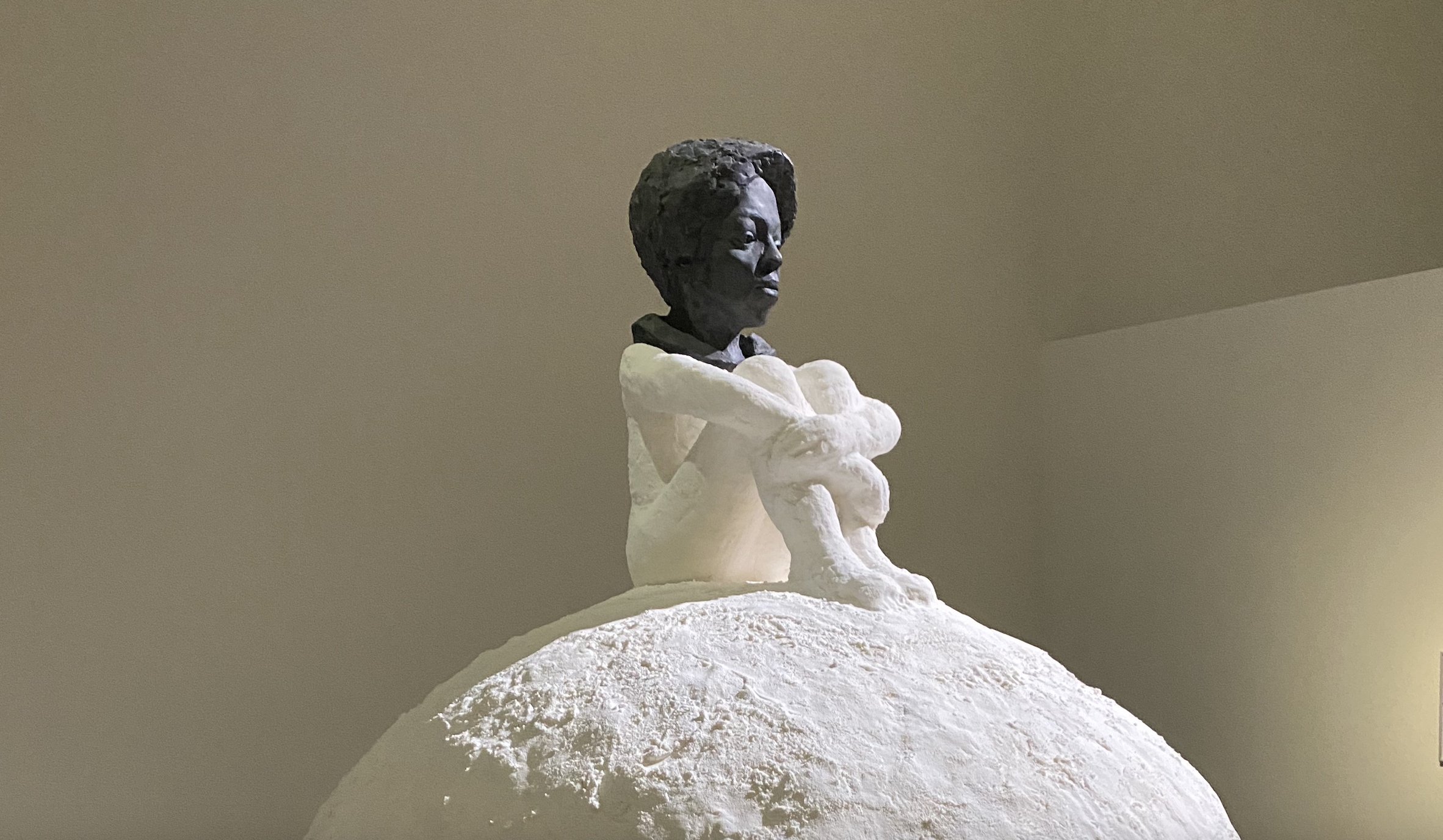
LEARNING OUTCOMES
The course develops students’ ability to understand art and cultural diversity, and how images, objects, media, and architecture have shaped the world, both in the past and the present. Students will learn to view and understand art, design, architecture and media in relation to different periods, cultures and societies. The course consists of six themes: Culture; History and Memory; Representation; Style; Power; Imagination and Narrative. These themes are studied and discussed from a historical and cultural perspective. The course, which consists of two sections, aesthetics and art history, aims to encourage a comparative, transdisciplinary approach to the analysis of works of art, design and architecture.
After completing the course the students have gained knowledge of basic research methods and modes of presentation appropriate to the study of art. They are able to identify and use vocabulary, terminology and key concepts of aesthetics and art history. They are aware of how works of art and their different approaches and interpretations affect our understanding of history, cultures and societies. The students are able to pay attention to visual literacy, and they understand how the viewing experiences of art and media are based on knowledge and memory. They have abilty to identify and analyze historical facts, theoretical interpretations, and personal preferences when discussing and writing about art.
Credits: 3
Schedule: 23.04.2024 - 28.05.2024
Teacher in charge (valid for whole curriculum period):
Teacher in charge (applies in this implementation): Sanna Lehtinen
Contact information for the course (applies in this implementation):
CEFR level (valid for whole curriculum period):
Language of instruction and studies (applies in this implementation):
Teaching language: English. Languages of study attainment: English
CONTENT, ASSESSMENT AND WORKLOAD
Content
valid for whole curriculum period:
In the Art History part, we will examine and analyze works of art from a historical perspective, applying the basic methods in art history. The section will focus on themes of Culture and Style, History and Memory, and Narrative. These themes will be illustrated with examples from different periods and cultures, as well as various forms of visual arts, architecture, objects, dress and bodily adornment. The section will introduce culture and style as art historical concepts. By studying the history of art, contemporary art, and global art, the students will become aware of how social and cultural contexts affect our understanding and interpretation of images. Through lectures, selected examples and written assignments, the students will learn to understand how art preserves and shapes history and creates memory. We will discuss, for example, the art objects that have survived in the process of history, as well as the perceptions that the canon of art history has maintained and passed on. The small group discussions led by teaching assistants will give the students an opportunity to share ideas, apply what they have learned, and practice argumentation skills and vocabulary in art history.
In the Aesthetics part, we will learn the basic terminology related to expression, interpretation, and appreciation of art and other contemporary creative phenomena. The role of aesthetic values is studied through their links to other values such as functional, ecological, and other types of ethical values in the context of art, environment, as well as everyday life. After completing this section, the students will have gained basic knowledge of philosophical aesthetics and how to apply its perspective to their own field of study. The students will have a better understanding of their role and responsibility as designers and creative professionals in an increasingly complex and changing society. The lectures, course materials, and small written assignments aim at improving the students’ ability to situate and discuss their work in the larger cultural context. The small group discussions led by teaching assistants will give the students an opportunity to share ideas, deepen their learning, and practice argumentation skills.
Assessment Methods and Criteria
valid for whole curriculum period:
Lectures, introductions and short presentations. Working in small groups. Discussion sections. Written assignments. Selected texts and other material contribute to student discussions and provide themes for individual written assignments. The course also includes a significant amount of visual material.
The approved completion of the course requires students to participate at least 80% of the classes, the completion of the given assignments within required time, as well as taking part in group work and discussion sections including familiarization with given texts and other material.
Workload
valid for whole curriculum period:
24 h contact teaching including discussion sections, 57 h independent work
DETAILS
Study Material
valid for whole curriculum period:
Literature, articles, videos, and other visual material during the course and in MyCourses.
Substitutes for Courses
valid for whole curriculum period:
Prerequisites
valid for whole curriculum period:
SDG: Sustainable Development Goals
8 Decent Work and Economic Growth
16 Peace and Justice Strong Institutions
17 Partnerships for the Goals
FURTHER INFORMATION
Further Information
valid for whole curriculum period:
Teaching Language : English
Teaching Period : 2022-2023 Spring V
2023-2024 Spring VEnrollment :
Registration for Courses: Sisu. Priority order to courses is according to the order of priority decided by the Academic committee for School of Arts, Design and Architecture: https://www.aalto.fi/en/services/registering-to-courses-and-the-order-of-priority-at-aalto-arts
Students for whom the course is compulsory for their major/programme and who have scheduled it for the current academic year in their personal study plan (HOPS) are prioritized.
A minimum of 10 students is needed for the course to be held. Maximum amount of participants is 45 students.
